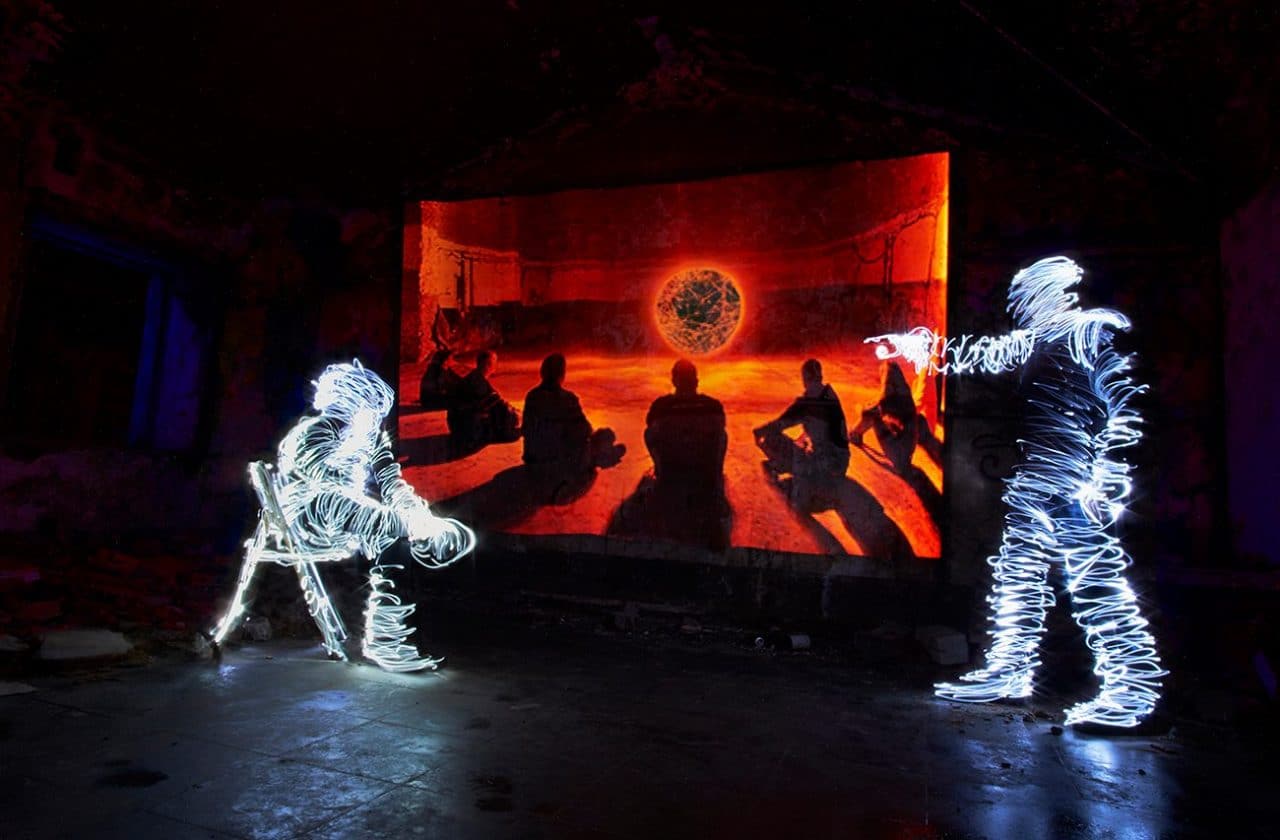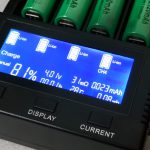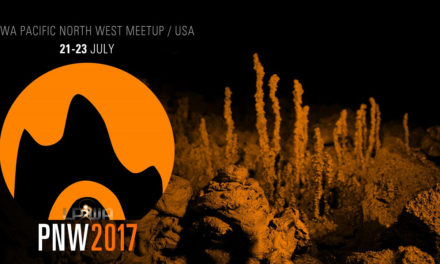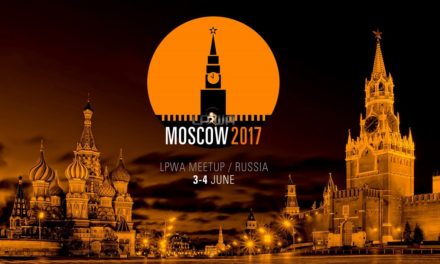
Using Art in Light Painting Art

The art of photography involves taking pictures of something. Even the worst of possible shots, the inside of a lens cap, is still a picture of the inside of a lens cap. Sometimes we shoot pictures of places, sometimes people or animals, sometimes we take pictures of things. A shot has some type of subject as well as one or more light sources that illuminate the subject.
As light painting photographers, we extend this a little further.
We still have some type of subject but that subject can change over the course of a shot. The same subject can be in the image multiple times, there might be multiple subjects captured via capping the lens, or even all the above.
We also still have “captured light” but for us this extends past the ambient light of a scene, past the strobes of traditional studio photographers. In our world we add more light, and from such a variety of sources!
As photographers, we are documenters of existence and time. Something happened at some place and we were there to capture it. Again, this is true for conventional photographers as well as light painters. We’re a little special in this regard because of how we manipulate the time dimension of what we capture.
This stuff is all obvious, I know, but bear with me. I promise I’m taking this somewhere. It turns out that photographers, and even more so light painters, can use art in both elements: subject and light source.
Where am I Going With This?
Any shot that’s not taken purely in nature (and taken OF nature) is going to capture something made by humans, be it clothing, roads, architecture. As humans, we are drawn to things that speak to us as humans and, for whatever reason divine or otherwise, we, as humans, enjoy art. We like the aesthetic of old buildings. We have a reaction to graffiti on an alley wall. Stained glass windows, sculptures in a park, crazy fashion shows, these are some of the things we capture. We create art and sometimes we capture the art of others in our art because it’s where we are or it’s what we seek out.
And our lights… we use flashlights, for sure, but then we use so much more! We use tubes and acrylic and reflective foil and mirrors and fiber optics and the internal structure of wine glasses. A few years ago, we were more limited but now we also have access to digital projectors, tablets, and tools like the Pixelstick. These last three devices project an existing image, and that image is usually going to be a texture of some sort, a photograph of some sort, or a design. If we are using these last three light tools then we are now also actually using art as a light source!
The longer I create light paintings, the more I seem to have opinions about light painting. I’m not one of history’s original light painters; I’ve been at this just over four years now. What I’ve learned in my time is that light painting should not use any post-processing, except when it’s kind of okay. And I’ve learned that straight-out-of-camera can be extremely satisfying but that’s not how most people in the scene roll. I’ve learned that some people enjoy the process of creating what they can in a camera even if that means using advanced features in modern cameras that didn’t exist twenty or ten or two years ago (live composite anyone?). These are all things I had purist notions on when I started light painting, and the use of art via projector, tablet, or programmable LED strips is another one that fits that bill.
Impressions of a New Light Painter

Tim Gamble, Oct 2014
The newbie-light-painter-me used to look at shots and dissect them and try to figure out how they were done. (Note: I still do!!) At one point I came across a shot that Tim Gamble had done that used two exposures in a single shot to create a mind-blowing image. One of the images was a close-up of a circuit board and I was so impressed as the combination of wide-angle photography followed by a lens swap to this amazing macro shot. The more I learned about light painting, the more I realized that a lot of times this second shot is actually done by exposing an image from an iPad or tablet. I didn’t know what to think of that. And what of shooting graffiti, or someone else’s art? The photographer may have done the light treatment but they almost always weren’t the creator of the art on the wall that’s the reason for the shot.
The light panting purist in me didn’t like that. I loved the final product that I saw but I wanted my work to be judged by what I created completely on my own by lighting my subjects and by waving lights. I wanted my work to be compared to the same type of work by others. This piece probably didn’t fit that mold. I hate to use the word “impossible” but some of what I saw in tablet-lit shots would be near-impossible to recreate without these new ways of adding pre-existing art into a light painting piece. I took pride in the work I was doing and I worried about having my work compared to a piece that used ‘existing art’ as a composition element and having my work seem less in the eye of the beholder.
The art-appreciator in me, however, absolutely loved the creative pieces I was seeing. I loved the creativity I was seeing, the planning, the asset selection, the technical execution, the resulting artwork. I loved that it was still being completely created in a single camera shot.
Easing up on the Legalism
Copyright issues aside, as I made these observations I began to chew on some hard notions. Whether it played out that way or not, I know Tim has the skill to execute the shot I described above using the techniques I initially thought he used. And how about other images that use the Pixelstick to create otherwise-impossible design elements in a picture? Is it better that they exist or don’t exist simply because they’re not conventional? As for projectors, I’m still not going to feel like it qualifies as light painting if you just project an image on someone and snap an image of it without doing something more, but I have also seen a projector add elements to images that wouldn’t otherwise exist, and still in one single camera exposure.
I’m fine with shooting images in an alley with graffiti, or in front of cool architecture or a fountain, or on a man-made road that curved through trees into a full moon, or in an intricately designed room a la Janne Parviainen… so why did it bother me even a bit when art was used as a light source? All I could come up with were these three notions:
The first is that comparing my work to pieces done with art light sources felt like comparing apples to oranges. At the very least it felt like comparing a crabapple to a genetically-modified super-apple. “Dan, why can’t you make images like that? They look cleaner and more perfect than yours!” Well, I can, but that’s not how I chose to light my pieces. (Also, nobody has ever said anything like that to me, but I imagined it happening more often than I’d care to admit).
And how much of the final image hinged on the pre-existing artwork? What if I took a picture of graffiti on the wall and added used light to underline one part? What if I put someone else’s image on my tablet and exposed it into my own image and then added a single point of light to change it? I wanted some kind of acknowledged limit to external image use.

Work I can’t claim as my own even though I took the actual photograph that I uploaded, after shooting an iPad image through a prism. Underlying picture by Zach Smidt, used with permission.
The second notion is that I like for everyone involved in the creation of a shot to get credit for the parts they contribute, and for people to not claim or imply credit for the parts that they didn’t. I don’t think that I’ve ever seen the creator of the pre-existing art credited in any of those images. Sometimes it’s your own art, great! (like Janne’s room) Sometimes, it’s legally licensed stock images, or public domain images, that don’t require attribution. Those are also fine, but it still felt like something was missing.
Lastly, I didn’t like trying to dissect a shot to figure out how it was done and having to settle on “oh, that was an image from a computer that got added, no wonder I couldn’t figure it out”. I’m probably not alone in this. Any art or human creation that is found in the “subject” part of a photo is obvious; if you’re on the steps of a museum then that part of the shot can pretty much be taken as fact. It can be much less obvious that a tablet added certain elements into a shot until you realize that there couldn’t possibly be any other way.
Always Forward, But How?
I want people to continue to create light painting pieces using all manners of creation. In my ideal world people would proactively share that they used existing art in their images. They would credit the artist of the existing work, and we can all stop breaking our brains trying to figure out how a shot was done. At the very least we’d get fewer people screaming “Photoshop!” at an image that seems too good to be true.
I also know I’m not going to get what I want. People aren’t all going to follow the rules on this because there AREN’T any rules on this. There also SHOULDN’T be any rules on this unless it’s a contest or something that DOES have explicit rules on this. I want to see people innovate and use, say, a picture they found of the Eiffel Tower in their work even though they have never been able to visit France. I want Jason Rinehart and Tim to keep creating images with tablets because I damn well love what they create.
I’ve already compromised on a pure “No Photoshop” rule because sometimes, like so many of you also already do, I might remove a skin blemish or sharpen an eyeball or something, and because I use Adobe Camera RAW to even create my images in the first place (I don’t change my composition though, that is earned in-camera!). After seeing live composite on the Olympus OM-D line at LPWA Roma 2017 I compromised on my pledge to using a single pure exposure. (I still won’t use my newly-purchased OM-D if there is any way to do a given shot without it) and if I shoot in live composite I say so when I share an image.
In short, I don’t have the answers, only a perspective that has evolved over time from “purist” to “let’s just make cool art”. I still want people to compare apples to apples when judging light painting work, but if it’s comparing apples to oranges then at least we’d know when the oranges are oranges.

A fun way to use art in art. Lex Light Art doing a “Light Painting Museum” shot while attributing the Pixelstick content to Pala Teth.
Header image: Top left: Tim Gamble. Bottom left: Bitbanger Labs. Right: Jayson Hay














